What UAE Business Owners Should Know About Assets and Liabilities

If you’ve ever glanced at your balance sheet and thought, "What exactly am I looking at?", you’re not alone. A lot of business owners in the UAE focus on cash flow and profit, but overlook the bigger picture: your assets and liabilities.
These two terms aren’t just for accountants. They’re the core of your financial stability. Knowing what you own versus what you owe helps you stay on top of debt, grow smarter, and avoid risks that can quietly pull your business down.
Let’s break it all down in a way that’s clear, useful, and built for real-world decision-making.
What Are Assets and Why Do They Matter?
Assets are anything your business owns that has value. If you could sell it, use it to run your business, or expect it to bring in cash, it’s likely an asset.
Types of Business Assets
1- Current assets: These are short-term and easy to turn into cash. Think bank accounts, invoices you’re waiting to get paid (accounts receivable), and your inventory.
2- Noncurrent assets: These stick around longer, like your office space, vehicles, or equipment. These are used to run your business, not flip quickly for cash.
3- Intangible assets: These aren’t physical, but they still hold value. For example, trademarks, copyrights, or even your brand reputation if you’re buying or selling a business.
4- Financial assets: Things like stocks or investments owned by the business. These give you future income or can be sold to generate funds.
Assets help you grow. They power your day-to-day and give your business a financial cushion. The stronger your asset base, the more confident banks, investors, and partners will be in you.
What Counts as a Liability?
Liabilities are what your business owes. Every time you borrow money, delay a payment, or sign a lease, that’s a liability.
Common Business Liabilities
1- Current liabilities: These are due within a year. Common examples are unpaid supplier invoices, rent, short-term loans, or salaries.
2- Long-term liabilities: These are debts or obligations that stretch over many years, like equipment financing or long-term business loans.
3- Contingent liabilities: These only come into play if something specific happens, like pending lawsuits or warranties. They’re not always on your balance sheet but must be disclosed.
Liabilities aren’t bad—they help you fund your business. But if they stack up faster than your assets, it’s a red flag. The trick is balance.
Assets vs Liabilities: The Equation That Runs Your Business
There’s a simple but powerful formula that guides how your business is viewed:
Assets = Liabilities + Owner’s Equity
This is the accounting equation. It tells you how your business is funded. The difference between assets and liabilities represents your equity, which indicates how much of the business truly belongs to you.
If assets are higher than liabilities then that's great, it means you have a solid foundation. If liabilities are catching up, it’s time to pause and reassess.
A Quick Example:
Let’s say you have:
- AED 1 million in total assets
- AED 400,000 in liabilities
That leaves AED 600,000 in equity. This is your financial strength and what you truly own after debts are settled.
But reverse it:
- AED 1 million in assets
- AED 1.2 million in liabilities
Now you’re in the danger zone. You owe more than you own.
Why This Matters for Your Business
Understanding assets and liabilities isn’t just an accounting exercise; it affects your ability to:
- Secure loans or investment: Banks and investors check your balance sheet before saying yes.
- Stay compliant: UAE regulations around corporate tax, VAT, and financial reporting require accurate tracking of assets and debts.
- Grow sustainably: If you’re investing in expansion or hiring, you need to know whether your cash flow can handle it.
- Avoid risk: Knowing your liability levels helps you prepare for downturns or unexpected costs.
How to Strengthen Your Financial Position
Here’s what you can do right now to get a better handle on assets and liabilities:
1. Keep your balance sheet updated.Don’t rely on outdated reports. Update it monthly so you always know your position.
2. Separate business from personal.Avoid using personal bank accounts or credit cards for business expenses. It skews your financial picture.
3. Understand your debt.Not all loans are bad, but they should serve a purpose. Review interest rates, terms, and repayment timelines.
4. Reassess your assets.Are you using all your equipment? Is your inventory moving? Idle assets tie up cash.
5. Set smart targets.Track ratios like debt-to-equity and current ratio. They show if you’re keeping the right balance.
The Role of Asset and Liability Management (ALM)
Larger businesses and financial institutions use ALM strategies to manage risks tied to mismatches in cash flows. But even small businesses can apply these ideas.
For example:
- Make sure your short-term liabilities are covered by short-term assets.
- Match loan terms to the assets they finance (e.g., long-term loan for long-life machinery).
This simple alignment helps you avoid cash crunches.
Don’t Fall for These Common Myths
Myth 1: All assets are good.
Not true. Some assets depreciate quickly or cost more to maintain than they bring in.
Myth 2: Debt is always dangerous.
Some debt can help you grow, especially if it funds revenue-generating activity.
Myth 3: Profit equals financial health.
You can be profitable and still be in trouble if liabilities are piling up or cash flow is weak.
Final Thoughts: Build on the Right Foundation
Assets and liabilities are more than line items; they’re the building blocks of your financial story. Knowing what you own, what you owe, and what it all means helps you:
- Run smarter operations
- Avoid financial surprises
- Attract better funding
- Plan for long-term growth
If you’re not tracking this carefully, it’s time to start.
At Alpha Pro Partners, we help UAE businesses understand and improve their financial foundation. Whether you’re new to accounting or need help cleaning up your books, our team is here to make sense of the numbers.
FAQs About Assets and Liabilities
1. What’s the difference between assets and liabilities?
Assets are things you own. Liabilities are what you owe. Together, they show your net worth or business equity.
2. Are all assets recorded on the balance sheet?
Most are, but some intangible assets (like brand value) may not show up unless acquired.
3. What does a high level of liabilities mean?
It could indicate risk, especially if liabilities exceed assets. But some debt is strategic.
4. How do I calculate my net worth or equity?
Net worth = Assets – Liabilities. It tells you how much is truly yours after debts.
5. Are taxes considered liabilities?
Yes. Unpaid VAT, corporate tax, and payroll taxes are all current liabilities.
6. Can personal assets be included in business reports?
No. Keep personal and business finances separate for clear reporting and compliance.
7. What’s the best way to manage liabilities?
Pay down high-interest debt first, and always match loans with assets they finance.
8. How do assets and liabilities affect borrowing?
Lenders assess them to decide how much you can borrow and at what rate.
9. What’s a good current ratio for a small business?
Aim for 1.5 or higher, meaning you have at least AED 1.50 in current assets for every AED 1 of short-term debt.
10. How can Alpha Pro Partners help?
We help UAE businesses stay compliant, understand financial reports, manage cash flow, and plan for growth with expert accounting and advisory support.

.webp)
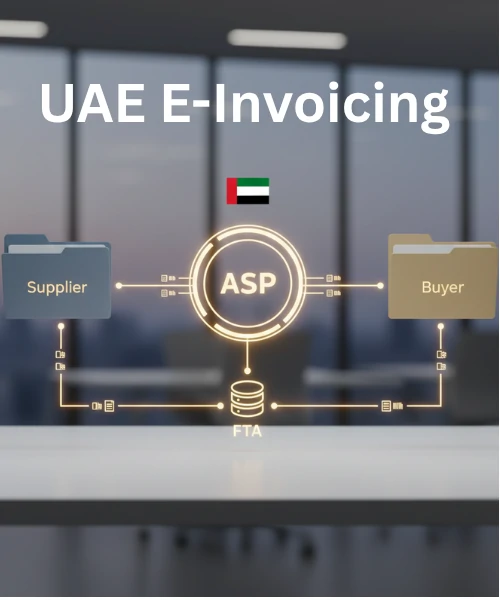
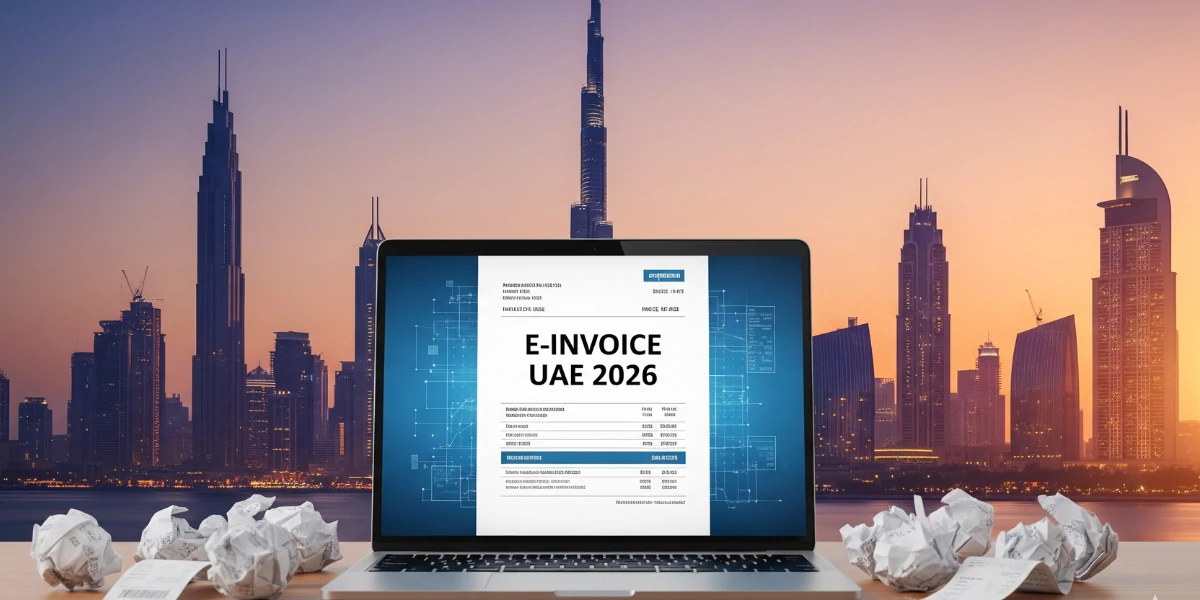
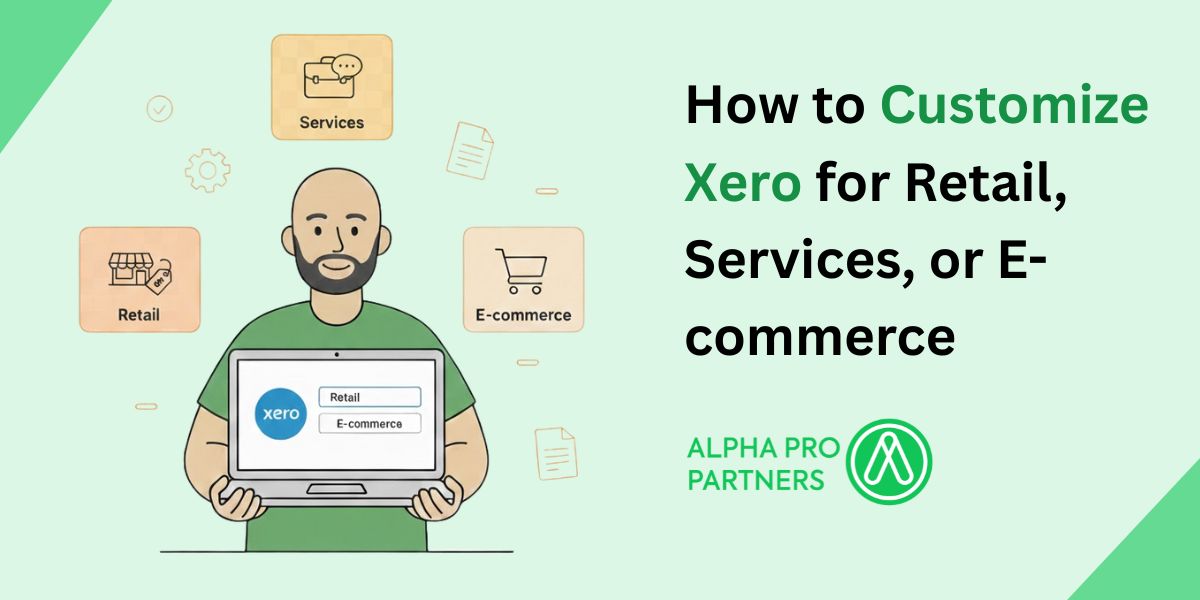


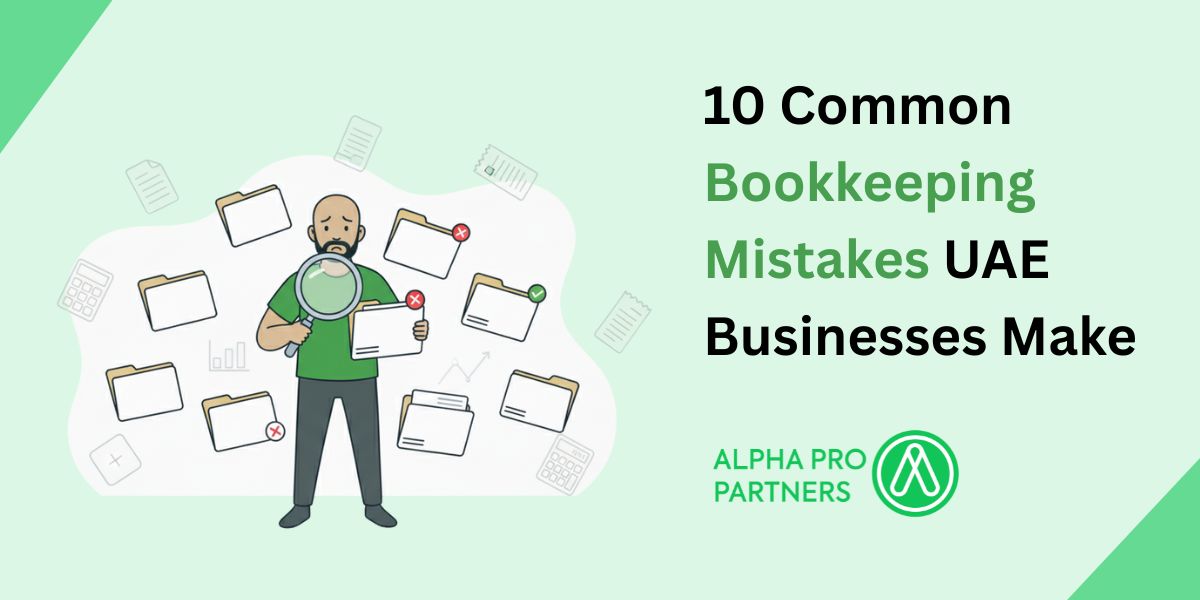
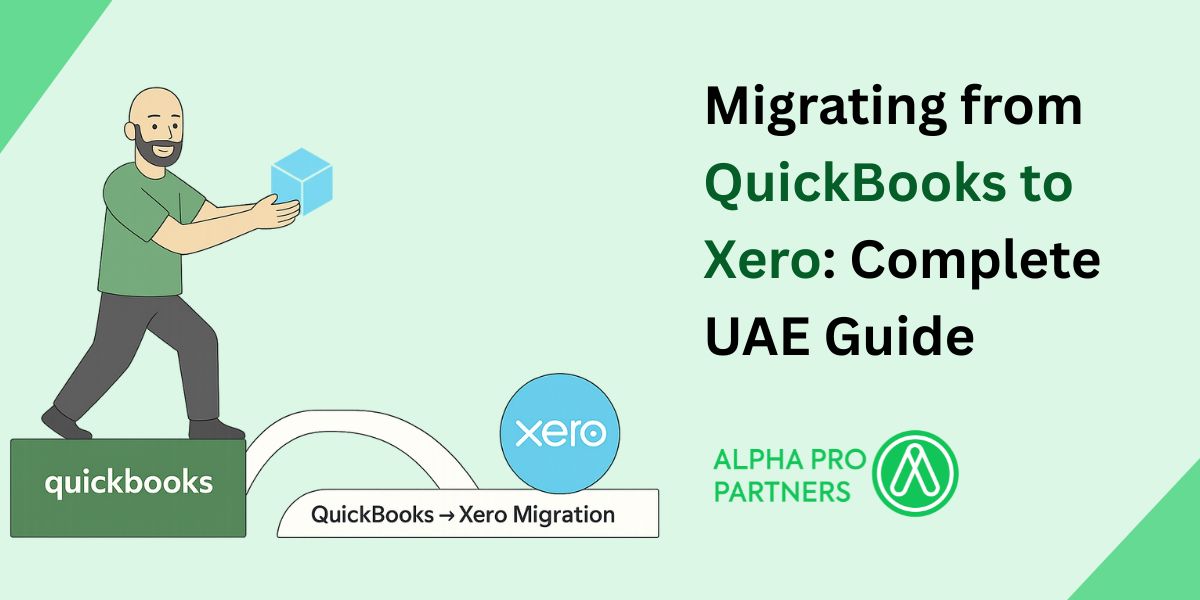
%20Widgets%2C%20Shortcuts%20%26%20Customisation.jpg)

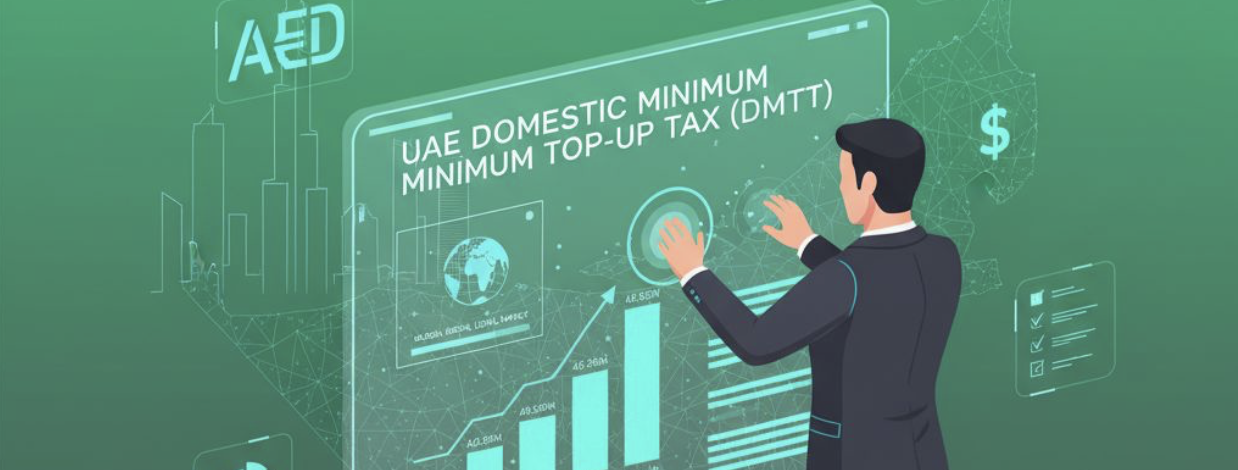
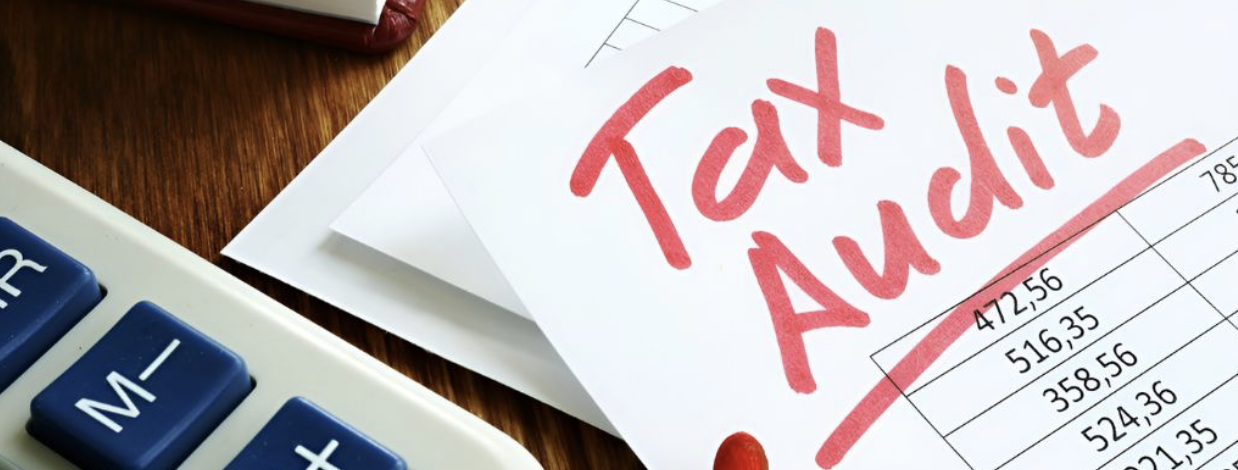


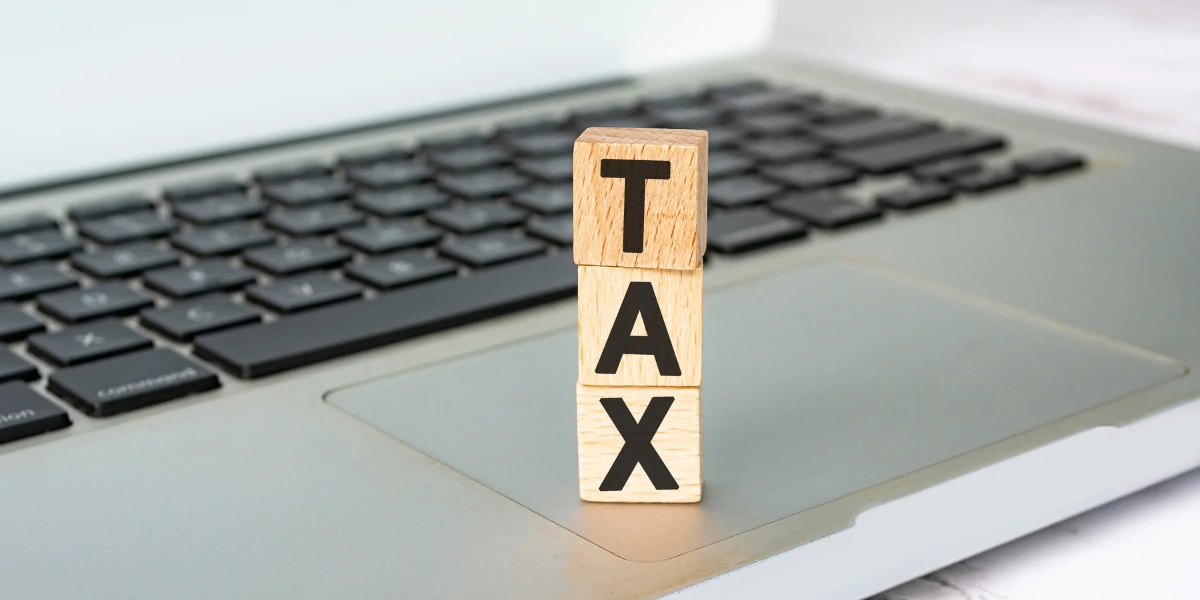
.webp)
.webp)
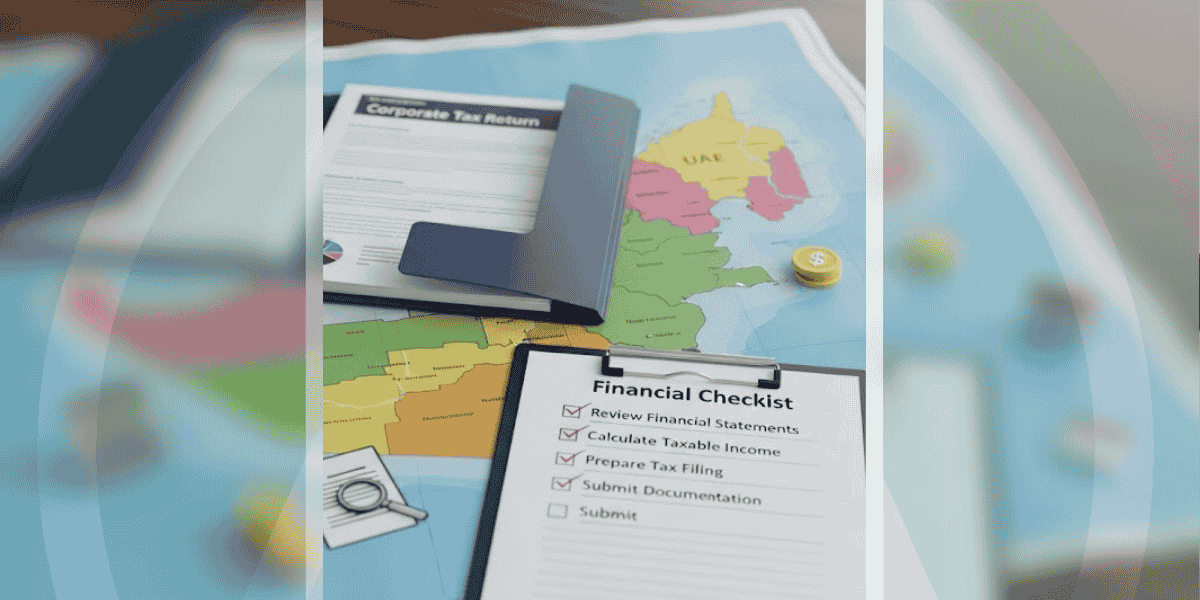
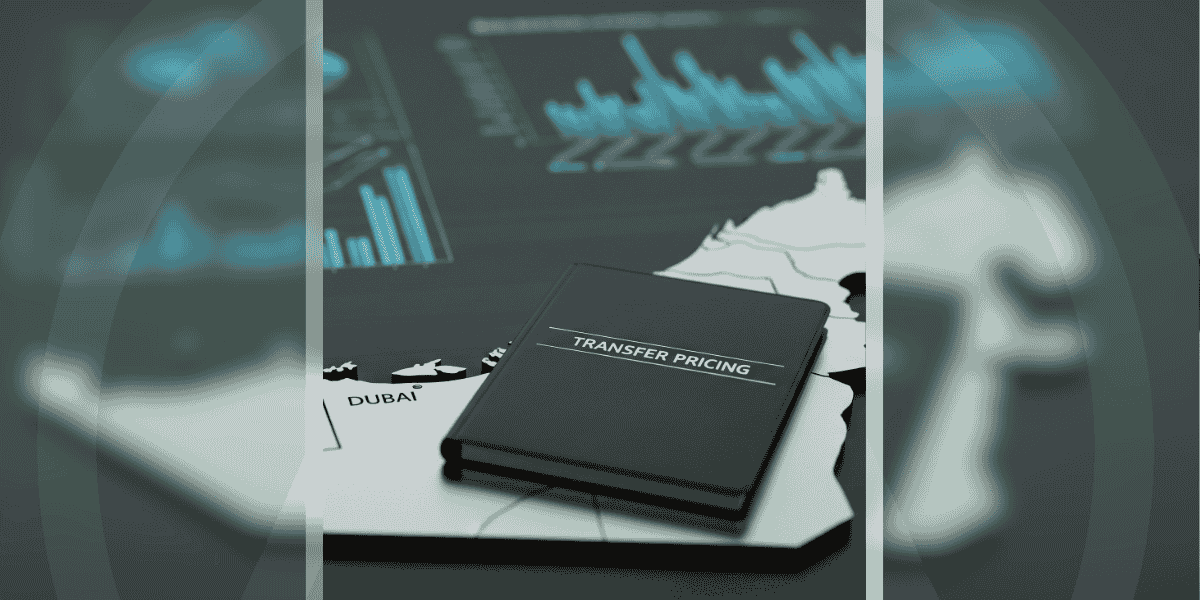
.png)
.png)
.png)
.png)
.png)
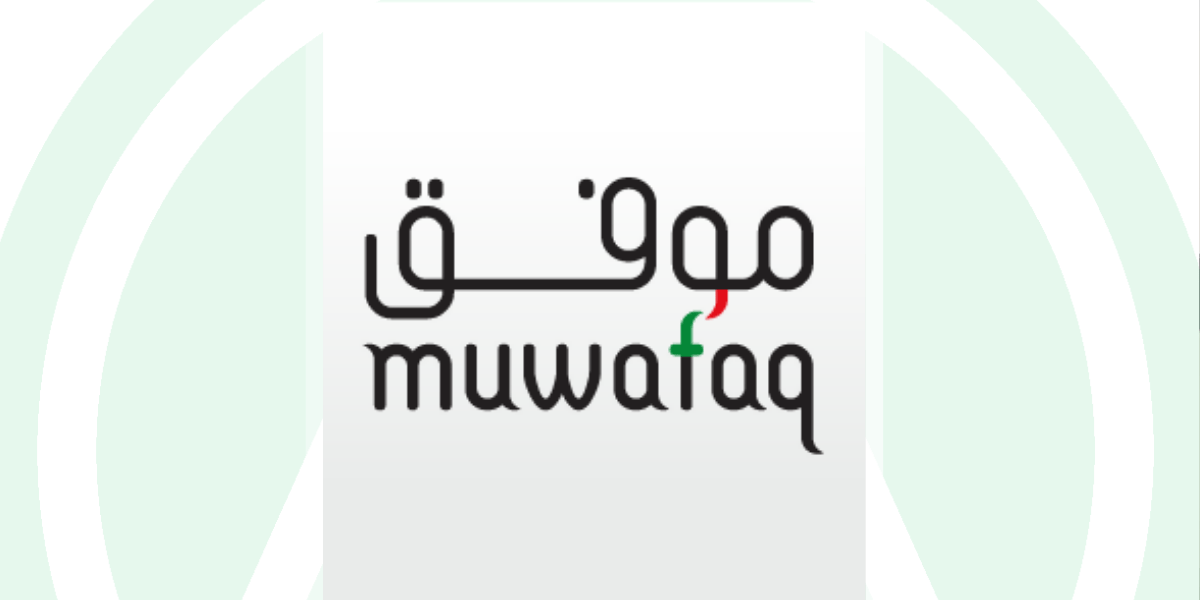
.png)
.png)


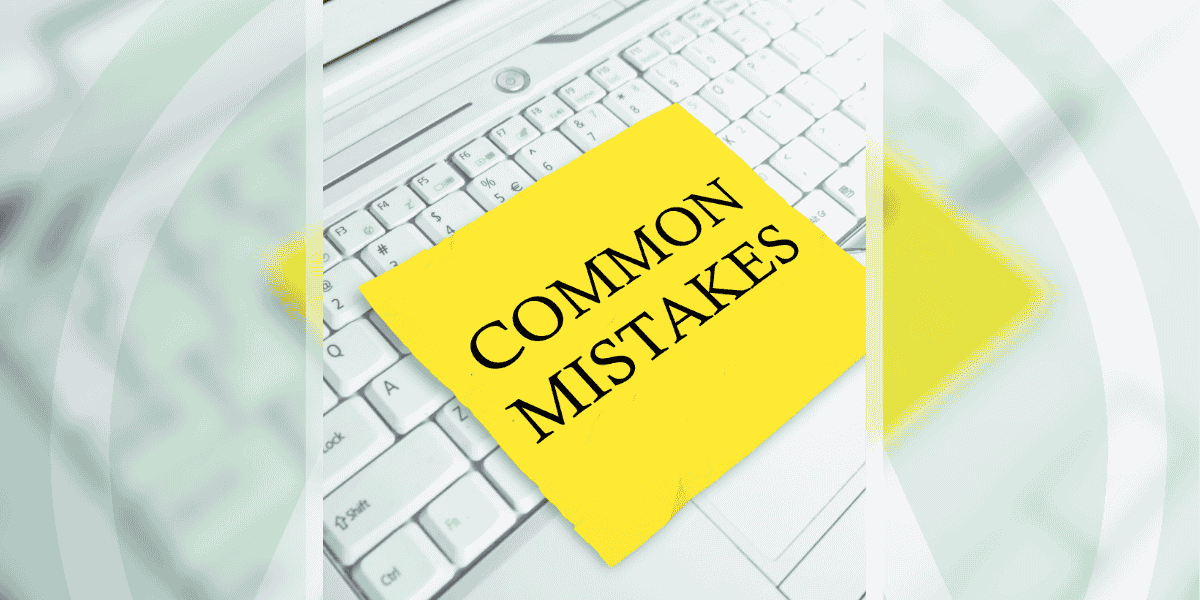
.png)
.png)





.jpg)


.jpg)




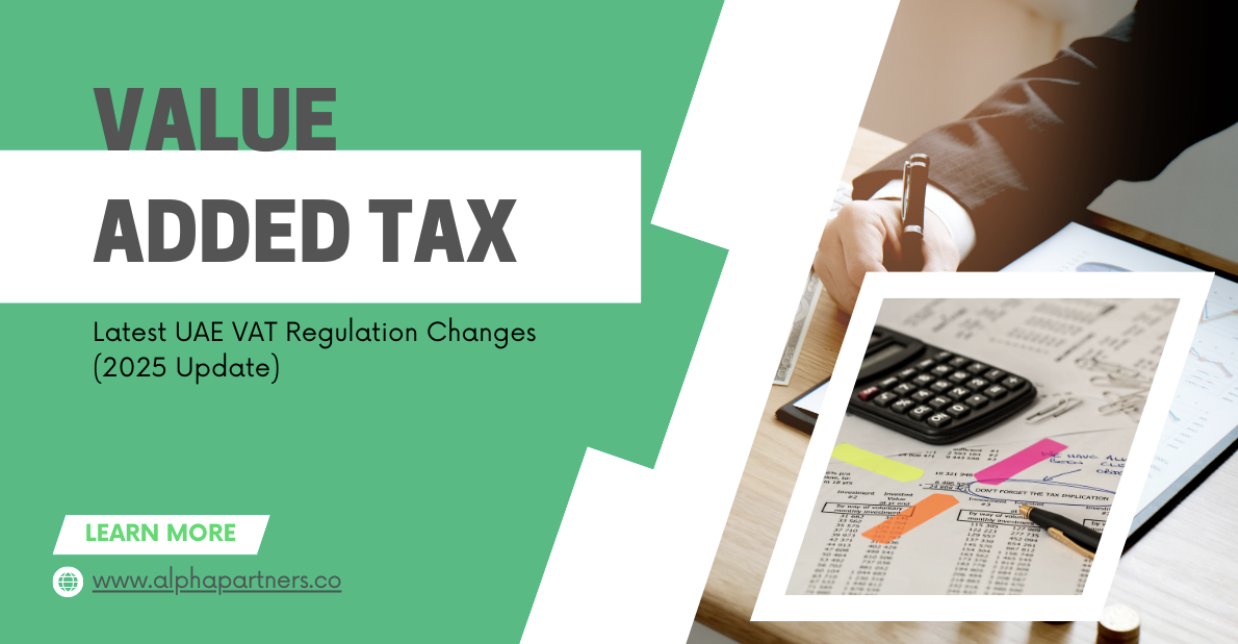
.png)
.png)





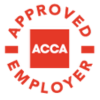
.png)

